Trekking Peaks of Nepal: Top 10 Must-Trek Summits for Aspiring Adventurers
Close your eyes and imagine standing atop a windswept ridge, the world stretching below you in a dizzying tapestry of ice, rock, and sky. Nepal isn’t just home to Everest—it’s a playground of trekking peaks of Nepal, where climbers and trekkers alike can summit mountains that humble and exhilarate in equal measure. From glaciated giants to rocky scrambles, these peaks offer a taste of mountaineering magic without the technical extremes. Here’s your guide to the top 10 summits where dreams meet altitude.
Why Nepal’s Trekking Peaks Belong on Your Bucket List
Nepal’s 33 officially designated “trekking peaks” (6,500m–7,000m) strike the perfect balance between adventure and accessibility. Here’s why they’re legendary:
- Beginner-Friendly Climbs: Basic ice axes and crampons skills suffice for most.
- Cultural Immersion: Trails weave through Sherpa, Tamang, and Gurung villages steeped in Himalayan traditions.
- Affordability: Permits and logistics cost a fraction of 8,000m expeditions.
Top 10 Trekking Peaks of Nepal
1. Island Peak (6,189m)
- Why Climb: The gateway to Himalayan mountaineering, with a thrilling glacier traverse and summit ridge.
- Best Time: April–May, Sept-Oct.
- Highlight: Panoramic views of Lhotse and Everest from the top.
2. Mera Peak (6,476m)
- Why Climb: Nepal’s highest trekking peak, with non-technical routes perfect for first-timers.
- Best Time: Oct–Nov, April–May.
- Highlight: A 360° vista of five 8,000m giants, including Makalu and Kanchenjunga.
3. Lobuche East (6,119m)
- Why Climb: A challenging intro to ice climbing, with steep snow slopes near Everest.
- Best Time: April–May, Sept-Oct.
- Highlight: Sunrise over the Khumbu Glacier.
4. Pisang Peak (6,091m)
- Why Climb: A hidden gem in the Annapurna Circuit, blending rock scrambling and ridge walks.
- Best Time: Sept–Nov, Mar–May.
- Highlight: Views of Annapurna II and IV glowing at dawn.
5. Chulu West (6,419m)
- Why Climb: A quieter alternative in the Annapurna region, requiring basic glacier navigation.
- Best Time: April–May, Sept-Oct.
- Highlight: The serene isolation of the Manang Valley.
6. Yala Peak (5,732m)
- Why Climb: A beginner-friendly summit in Langtang with minimal technical demands.
- Best Time: Oct–Nov, April–May.
- Highlight: Face-to-face with Shishapangma (8,027m) across the Tibetan border.
7. Naya Kanga (5,844m)
- Why Climb: A steep but rewarding climb in Langtang, ideal for building technical skills.
- Best Time: April–May, Sept-Oct.
- Highlight: The pristine Langtang Glacier sprawling below.
8. Singu Chuli (6,501m)
- Why Climb: Known as “Fluted Peak,” this Annapurna beast demands crevasse navigation.
- Best Time: April–May, Sept-Oct.
- Highlight: Aerial views of the Annapurna Sanctuary.
9. Paldor Peak (5,928m)
- Why Climb: A hidden treasure in the Ganesh Himal, offering solitude and glacial beauty.
- Best Time: Oct–Nov, Mar–May.
- Highlight: Sunrise over Manaslu and Ganesh Himal.
10. Tharpu Chuli (5,663m)
- Why Climb: A non-technical gem in the Annapurna Sanctuary, perfect for acclimatization.
- Best Time: April–May, Sept–Nov.
- Highlight: Standing eye-level with Annapurna South’s towering face.
Essential Info for Climbing Nepal’s Trekking Peaks
Permits & Logistics
- Climbing Permits: $250–USD 500 per peak (varies by mountain and season).
- Guide Requirement: Mandatory for all peaks. Budget $40–$60/day for a licensed guide.
- Gear Rental: In Kathmandu, ice axes, crampons, and harnesses cost ~$15–$25/day.
Training & Fitness
- Cardio: Build endurance with hiking, running, or cycling.
- Strength: Focus on legs, core, and upper body for carrying packs and technical climbs.
- Altitude Prep: Acclimatize properly—most peaks require 7–14 days on the trail.
Best Seasons
- Autumn (Sept–Nov): Stable weather, clear skies.
- Spring (Apr-May): Warmer days, but higher avalanche risk on glaciated peaks.
Challenges to Conquer
- Altitude Sickness: Gradual acclimatization is non-negotiable. Know the symptoms!
- Weather Swings: Himalayan storms can strike fast. Pack waterproof layers and check forecasts.
- Technical Sections: Even “non-technical” peaks demand respect: practice self-arrest and rope skills pre-trip.
Cultural Code: Respect the Peaks
- Leave No Trace: Pack out all waste, including biodegradable items.
- Sacred Sites: Circumambulate chortens (stupas) clockwise and ask before photographing rituals.
- Support Local: Hire local guides/porters and buy supplies in mountain villages.
FAQs: Trekking Peaks of Nepal Demystified
Q: Do I need prior climbing experience?
A: For peaks like Island Peak or Lobuche East, basic ice/glacier training is essential. Mera/Yala peaks are beginner-friendly.
Q: How much does a climbing permit cost?
A: Ranges from $250 (Paldor) to $500 (Mera) per person.
Q: Can I combine peak climbs with treks?
A: Absolutely! Pair Island Peak with Everest Base Camp or Mera Peak with the Three Passes trek.
Q: Is oxygen required?
A: No—these peaks are climbed without supplemental O2.
Q: What’s the success rate?
A: 70–90% in good weather, depending on fitness and acclimatization.
Conclusion: Your Summit Awaits
The trekking peaks of Nepal aren’t just mountains—they’re invitations to test your limits, touch the sky, and return home with stories etched in frost and grit. Whether you’re drawn to Island Peak’s icy ridges or Tharpu Chuli’s serene vistas, these summits promise more than views; they offer transformation.
Strap on your crampons, trust your guide, and let Nepal’s peaks rewrite your definition of possible.
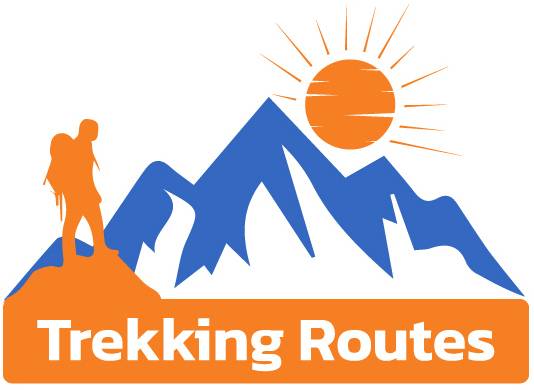

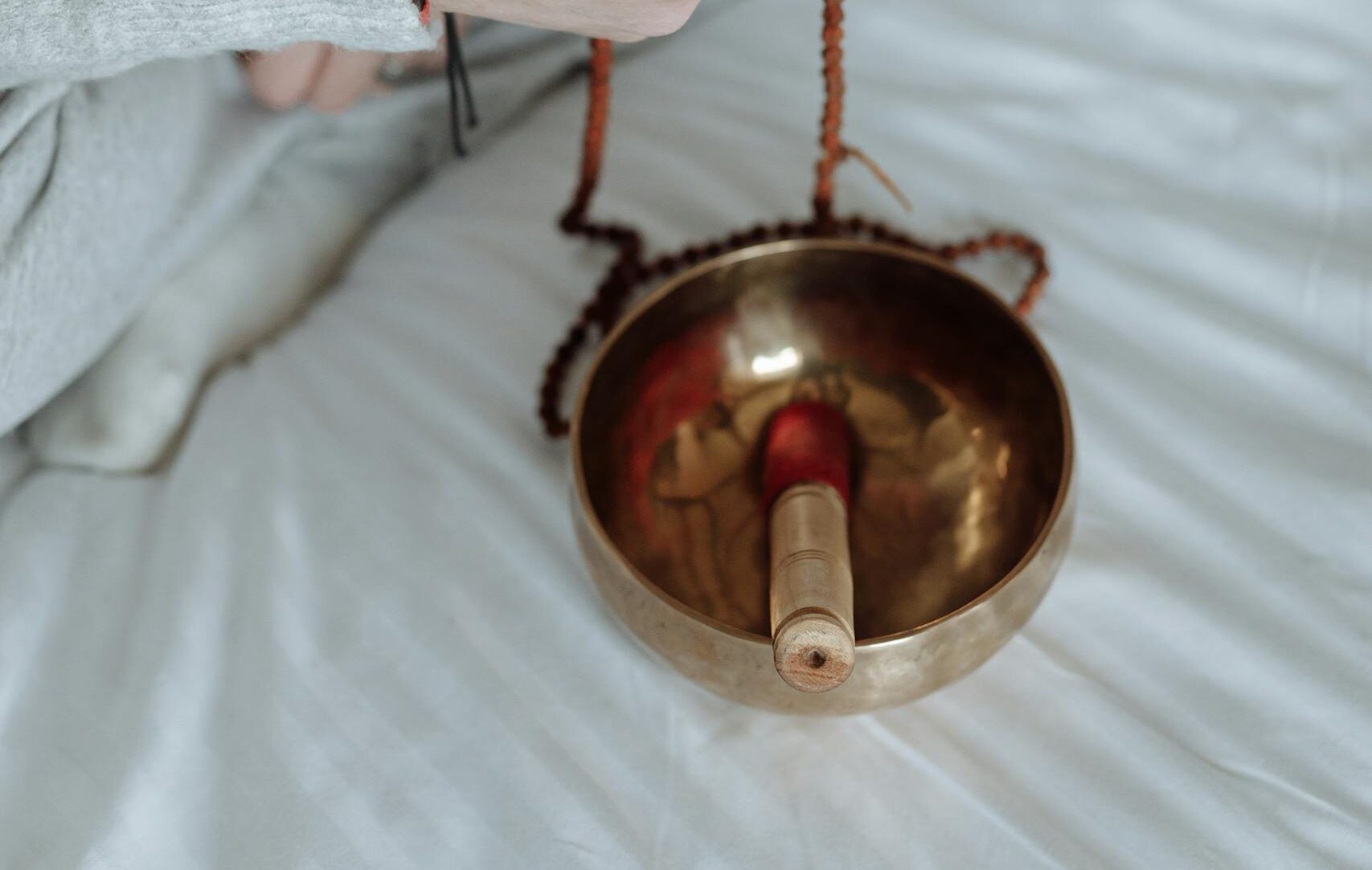
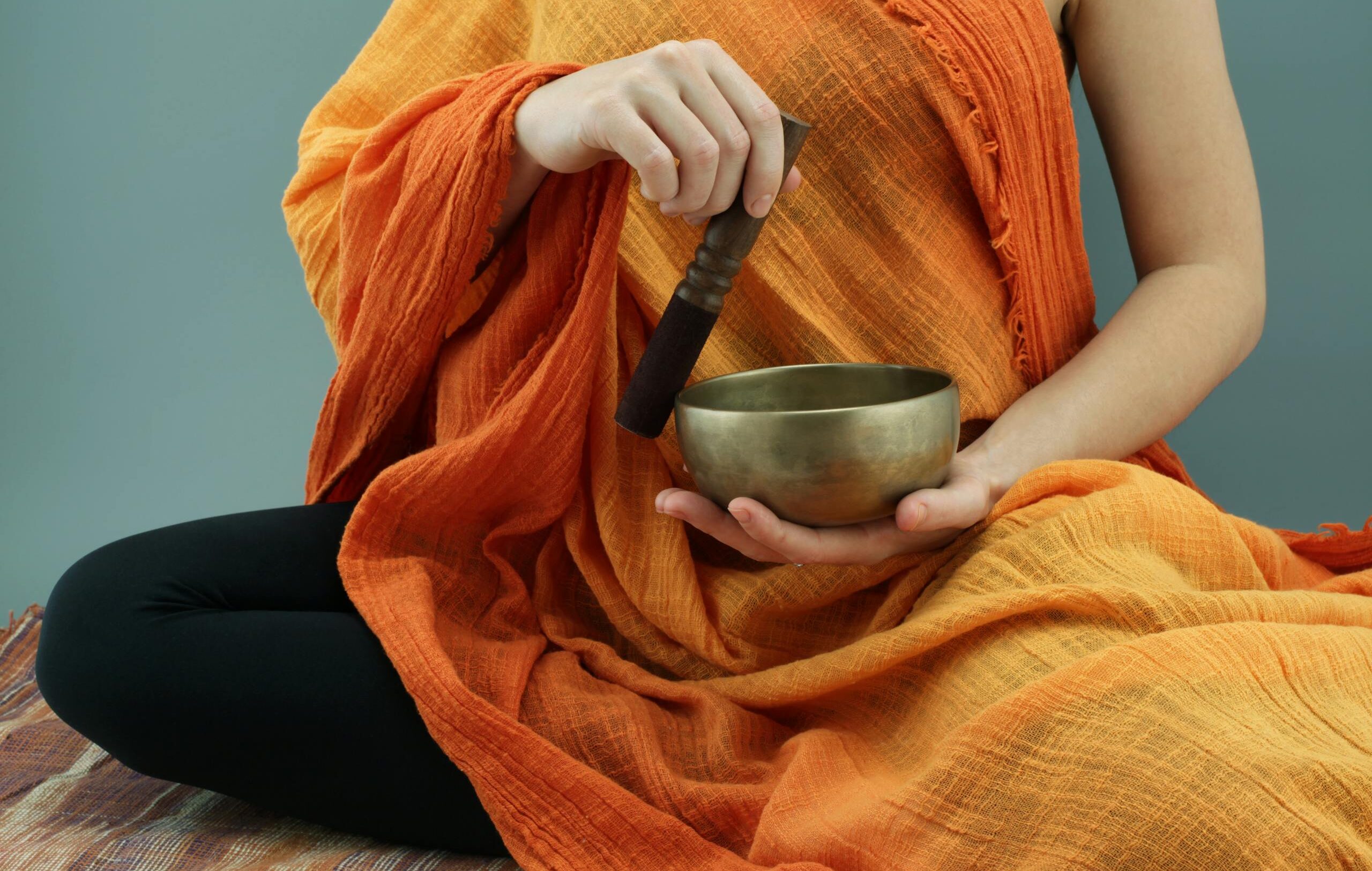
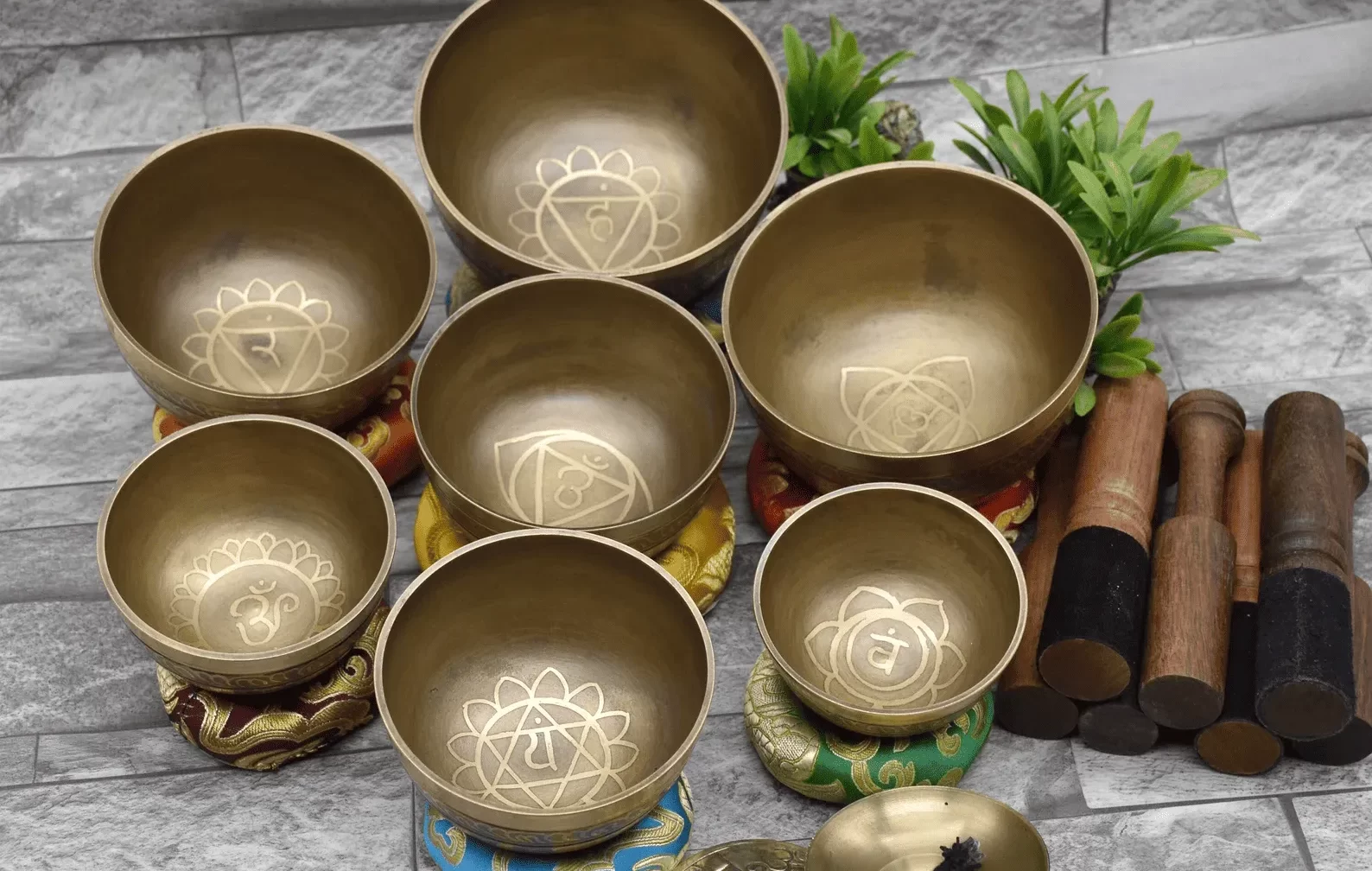
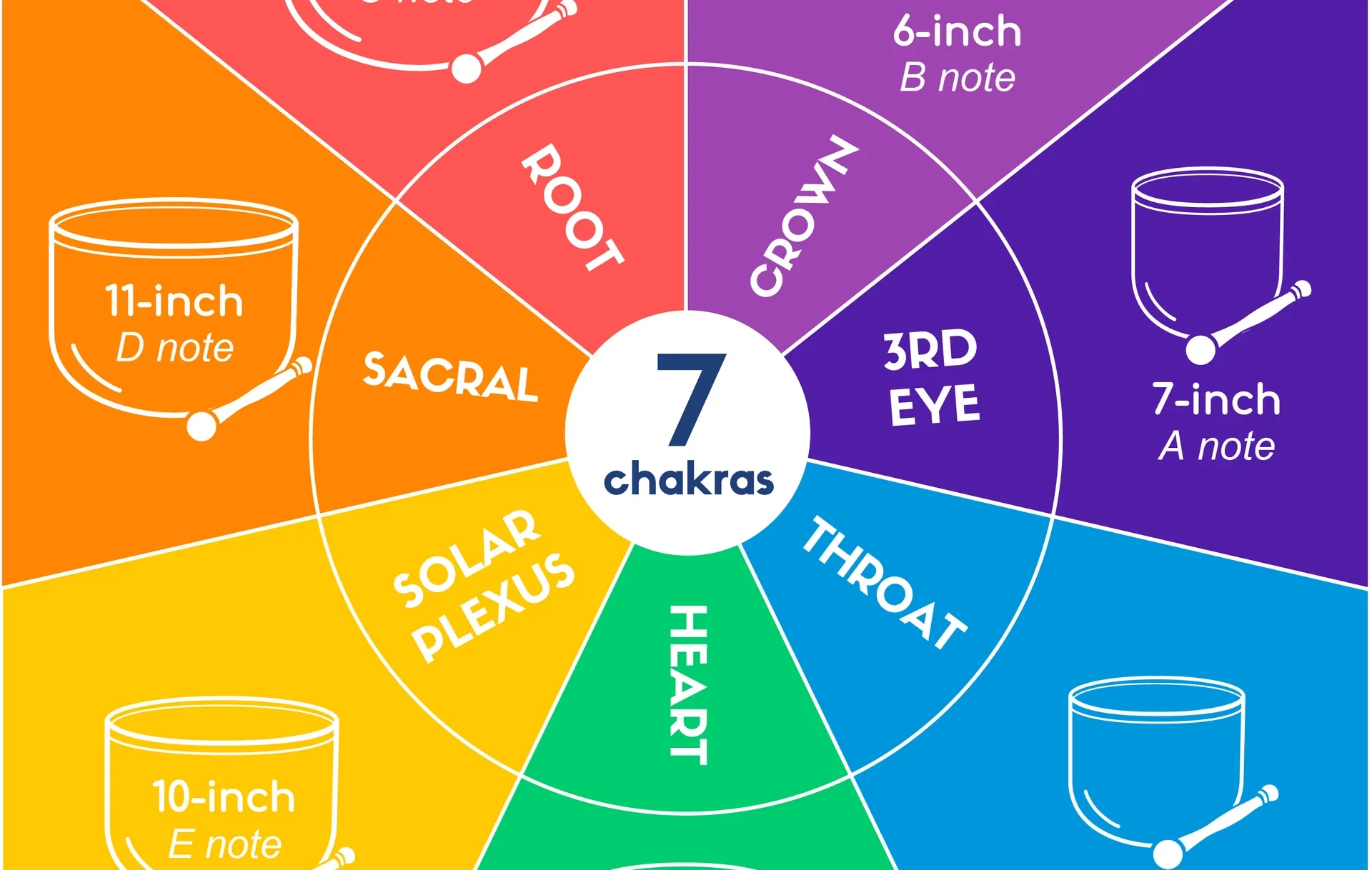
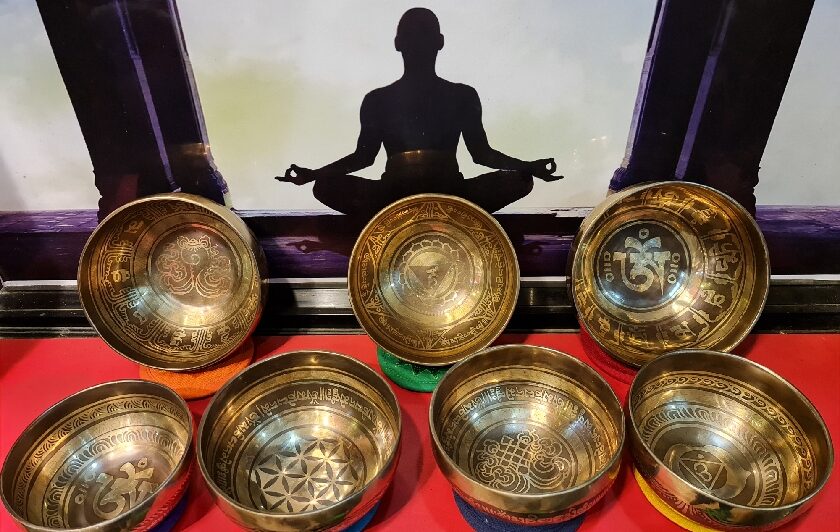
0 Comments